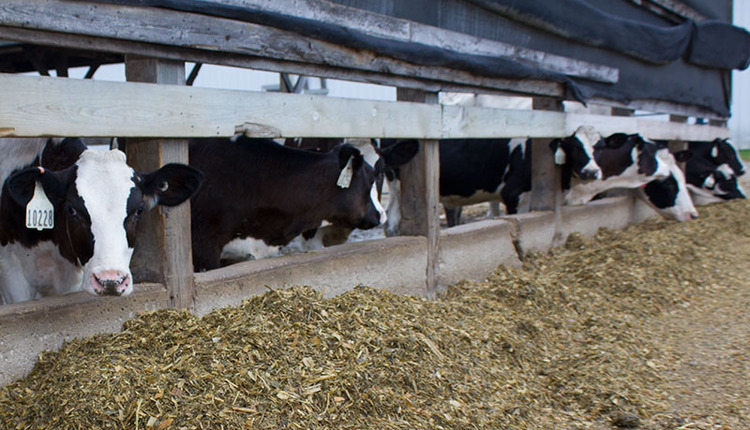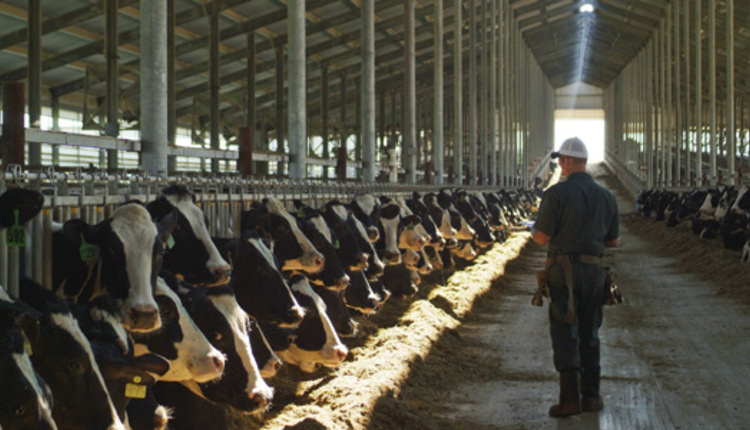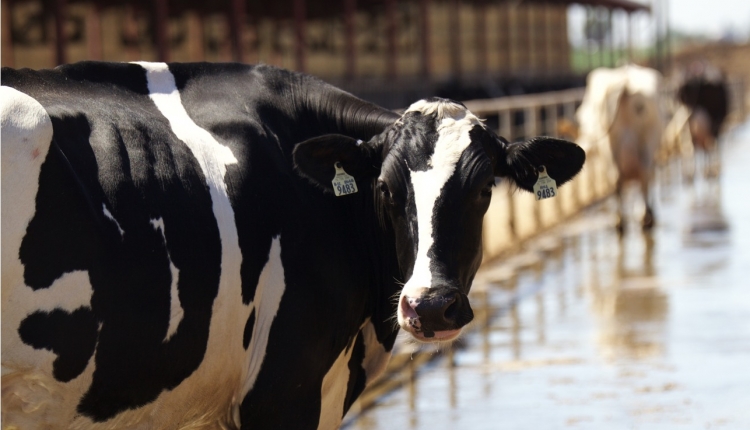
Duffield is in the Department of Population Medicine, University of Guelph, Ontario, Canada; and Rabiee and Lean are with Strategic Bovine Services, Camden, NSW, Australia.
Known to most of you by the brand name, Rumensin, monensin shifts the rumen microbial population in the rumen toward more gram-negative bacteria, consequently changing rumen volatile fatty acid concentrations toward propionate and away from acetate and butyrate. But, the impacts of monensin on energy metabolism, including effects on serum ketones, NEFA, glucose, and urea have not always been consistent. The effect of monensin on production, especially on milkfat content, have been inconsistent.
Meta-analysis is a useful tool that can be employed to both summarize effects across studies and to investigate factors explaining why responses differ. Recently, we conducted a summary of these research results using meta-analysis.
A screening of scientific literature yielded a total of 59 papers, abstracts, and trial reports containing usable data on monensin in dairy cows. Of these, 30 papers contained metabolic data. We also looked for other relevant data that were common to most studies such as dose, stage of lactation, dose delivery method, and diet type (pasture, forage, component-fed).
There were 37 papers that contained production data. We focused on milk yield, dry matter intake, milk production efficiency, milk components (percent and yield), body condition score, and body weight change. There was a total of 16 papers with sufficient data and quality to evaluate health and reproductive outcomes for monensin. The available trials provided approximately 9,500 cows with sufficient, usable results. This provided good statistical power to examine the effects of monensin.
The blood work
There was a total of 30 papers containing 45 trials with monensin and metabolic outcomes. Over all the trials analyzed, monensin lowered serum or blood beta-hydroxybutyrate (BHBA), nonesterified fatty acids (NEFA), and acetoacetate significantly. In addition, monensin raised blood glucose, urea, and cholesterol. Monensin had no effect on serum calcium or insulin. A consistent delivery of monensin via topdress or in a controlled release capsule gave a slightly smaller but more consistent reduction in BHBA. Topdress delivery and boosting dose stepped up glucose response. NEFA, BHBA, and glucose effects were modified by stage of lactation. We saw larger effects for BHBA and NEFA were in the transition period than later in lactation. Glucose response was greater in cows after calving than before calving.
There was a total of 37 papers containing 70 trials with monensin and production outcomes. Over all of those trials, monensin raised milk production, milk protein yield, milk production efficiency, and body condition score significantly. Monensin also reduced dry matter intake, milkfat percent, milkfat yield, milk protein percent, and body weight loss. Weighted means of the difference for milk production and dry matter intake suggested a 1.5-pound-per-day rise in milk and a 0.66-pound-per-day reduction in intake.
Meta-regression indicated that stage of lactation and topdress delivery of monensin influenced response. However, dietary factors likely were the primary explanation for differences in milk component responses since both pasture-based studies and studies with only one trial site (versus multiple sites) were significant in most models. Greater days in milk at start of treatment (first monensin feeding) and higher concentration of unsaturated fatty acids were associated with a greater effect of monensin on lowering milkfat yield.
Fewer health problems
Monensin reduced the risk of displaced abomasum, clinical ketosis, and clinical mastitis. The effect on DAs and ketosis have been reported from Canadian studies previously, but this analysis included 13 other trials from Canada, United States, and Mexico. This benefit most likely is a function of the improved energy metabolism with monensin in early lactation.
The effect on mastitis has not been reported before. It was a small but significant effect on reducing mastitis risk. Most likely, this reflects an indirect benefit of improved immune function. We identified no effect of monensin on breeding measured through impact on first service conception risk time to pregnancy.
Click here to return to the Nutrition E-Sources
1007_498
Known to most of you by the brand name, Rumensin, monensin shifts the rumen microbial population in the rumen toward more gram-negative bacteria, consequently changing rumen volatile fatty acid concentrations toward propionate and away from acetate and butyrate. But, the impacts of monensin on energy metabolism, including effects on serum ketones, NEFA, glucose, and urea have not always been consistent. The effect of monensin on production, especially on milkfat content, have been inconsistent.
Meta-analysis is a useful tool that can be employed to both summarize effects across studies and to investigate factors explaining why responses differ. Recently, we conducted a summary of these research results using meta-analysis.
A screening of scientific literature yielded a total of 59 papers, abstracts, and trial reports containing usable data on monensin in dairy cows. Of these, 30 papers contained metabolic data. We also looked for other relevant data that were common to most studies such as dose, stage of lactation, dose delivery method, and diet type (pasture, forage, component-fed).
There were 37 papers that contained production data. We focused on milk yield, dry matter intake, milk production efficiency, milk components (percent and yield), body condition score, and body weight change. There was a total of 16 papers with sufficient data and quality to evaluate health and reproductive outcomes for monensin. The available trials provided approximately 9,500 cows with sufficient, usable results. This provided good statistical power to examine the effects of monensin.
The blood work
There was a total of 30 papers containing 45 trials with monensin and metabolic outcomes. Over all the trials analyzed, monensin lowered serum or blood beta-hydroxybutyrate (BHBA), nonesterified fatty acids (NEFA), and acetoacetate significantly. In addition, monensin raised blood glucose, urea, and cholesterol. Monensin had no effect on serum calcium or insulin. A consistent delivery of monensin via topdress or in a controlled release capsule gave a slightly smaller but more consistent reduction in BHBA. Topdress delivery and boosting dose stepped up glucose response. NEFA, BHBA, and glucose effects were modified by stage of lactation. We saw larger effects for BHBA and NEFA were in the transition period than later in lactation. Glucose response was greater in cows after calving than before calving.
There was a total of 37 papers containing 70 trials with monensin and production outcomes. Over all of those trials, monensin raised milk production, milk protein yield, milk production efficiency, and body condition score significantly. Monensin also reduced dry matter intake, milkfat percent, milkfat yield, milk protein percent, and body weight loss. Weighted means of the difference for milk production and dry matter intake suggested a 1.5-pound-per-day rise in milk and a 0.66-pound-per-day reduction in intake.
Meta-regression indicated that stage of lactation and topdress delivery of monensin influenced response. However, dietary factors likely were the primary explanation for differences in milk component responses since both pasture-based studies and studies with only one trial site (versus multiple sites) were significant in most models. Greater days in milk at start of treatment (first monensin feeding) and higher concentration of unsaturated fatty acids were associated with a greater effect of monensin on lowering milkfat yield.
Fewer health problems
Monensin reduced the risk of displaced abomasum, clinical ketosis, and clinical mastitis. The effect on DAs and ketosis have been reported from Canadian studies previously, but this analysis included 13 other trials from Canada, United States, and Mexico. This benefit most likely is a function of the improved energy metabolism with monensin in early lactation.
The effect on mastitis has not been reported before. It was a small but significant effect on reducing mastitis risk. Most likely, this reflects an indirect benefit of improved immune function. We identified no effect of monensin on breeding measured through impact on first service conception risk time to pregnancy.
1007_498









